How To Use Amla For Hair Growth
This hair care ingredient is popular in India for aiding healthily growing hair.
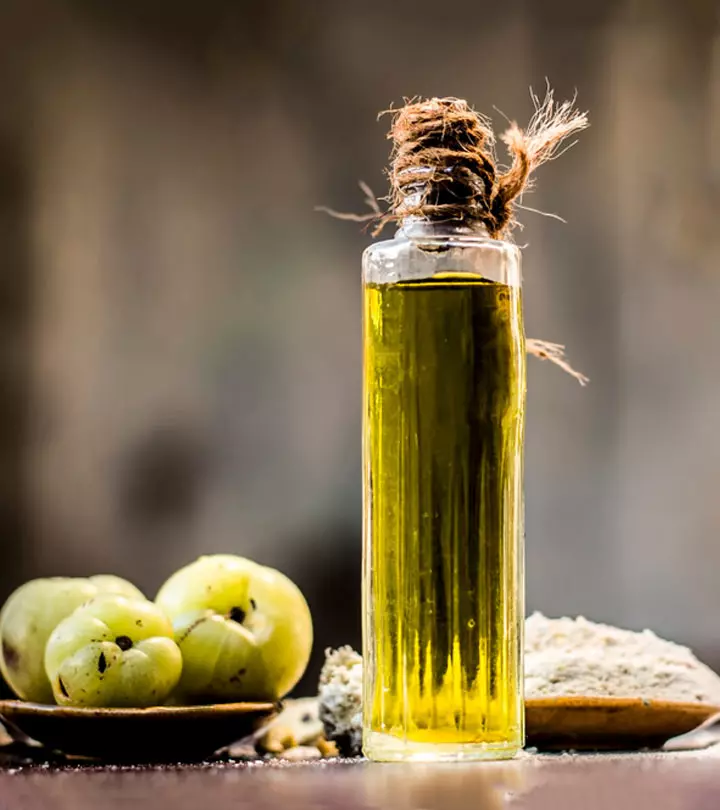
Image: Shutterstock
Amla, also known as Indian gooseberry, provides numerous hair and scalp benefits. This ingredient has lately been gaining global recognition for its exceptional ability to promote healthy hair growth. Its widespread use and proven results also boost the increasing popularity of natural remedies in modern hair care. Many people use amla for hair growth, and for good reason. This nutritious fruit, high in tanninsi Bitter-tasting water-soluble micronutrients present in plants that offer many health benefits. Also known as tannic acid. and vitamin C for hair growth, is found primarily in India and Burma. It contains a high amount of antioxidantsi Substances that counteract the deteriorating effects of oxidation caused by free radicals. , as well as flavonoidsi Group of varied plant chemicals found in fruits, vegetables, flowers, stems, roots, etc. with beneficial health effects. , kaempferoli A plant chemical found in spinach, beans, tea, etc. that helps repair cell damage and reduce inflammation. , and gallic acid that aid in improving the hair texture. Keep reading to learn how it boosts hair growth. Scroll down!
 Know Your Ingredient: Amla
Know Your Ingredient: AmlaWhat Is It?
Amla, also known as Indian gooseberry, is a fruit that is rich in vitamin C.
What Are Its Benefits?
It may help in strengthening hair follicles and reduce hair thinning and hair loss, promote shine, protect hair from heat damage, and even prevent premature graying of hair.
Who Can Use It?
All adults can safely apply amla topically.
How Often?
You can topically apply a hair mask 2-3 times a week.
Caution
Pregnant women and infants should consume or apply it after consulting a doctor.
In This Article
Benefits Of Amla For Hair – What Does Research Say?
Amla is considered to be a wonder ingredient in hair care. It is said to promote hair growth, prevent dandruff and lice, and improve hair quality. But is there any scientific backing for these claims? Here’s what research says:
- Amla acts as a hair growth stimulant and replenishes hair (1), (2), (3).
- Amla has the highest natural content of vitamin C. Vitamin C has antioxidant properties and thus counters oxidative stress that can cause hair loss, damage, and premature aging or graying of hair (1).
- Amla contains tannins that help protect the hair from heat and photodamage (4).
- It contains calcium, which promotes healthier hair (4).
- It helps strengthen hair follicles and reduces hair thinning (4).
- It helps enhance hair’s natural color and prevents premature graying of hair (4), (5). It is often used in hair dyes.
- It is antioxidant and anti-inflammatory, which is why it is often used in hair tonics (5).
- Scurvy is caused due to vitamin C deficiency. One of its symptoms is hair loss. Amla can combat scurvy owing to its high concentration of vitamin C (5).
- You can use amla for scalp infections. Amla has antifungal and antiviral properties that suggest it might help reduce and prevent dandruff and other fungal infections, improving scalp health (6).
- Amla oil is often used in Ayurveda as a treatment for scalp issues (6).
- When used in the oil form or ingested, amla nourishes hair and strengthens it, so you can turn to amla for hair breakage problems.
- You can use amla for hair loss as it may help reduce hair fall (2).
Key Takeaways
- Amla may help promote healthy hair growth, enhance your natural hair color, prevent dandruff, and improve overall hair quality.
- You can use only amla oil for hair growth or mix it with other ingredients like shikakai, egg, and henna to prepare a nourishing hair mask.
- You can also consume amla powder or have amla tea to reap its benefits.
- Though amla has no known side effects, it is still a good idea to perform a patch test before using it to prevent reactions like rashes and hives.
Benefits Of Including Amla In Your Diet
- Add amla to your diet as it has anti-aging properties due to its antioxidant activity that may reduce oxidative stress and reduce free radicals (7).
- It also helps reduce lipid peroxidationi The natural metabolic process that causes lipid degradation and leads to oxidation and damage to cellular structures. (8). This reduces damage to the hair.
- Another benefit of adding amla to your diet is that vitamin C in amla increases the antioxidants in your body.
- It is also known to purify the blood and prevent premature greying of hair and hair loss.

Now that you know the benefits of amla for hair, read on to know how you can use it to improve your hair health.
How To Use Amla For Hair Growth At Home
1. Amla Oil For Hair Growth
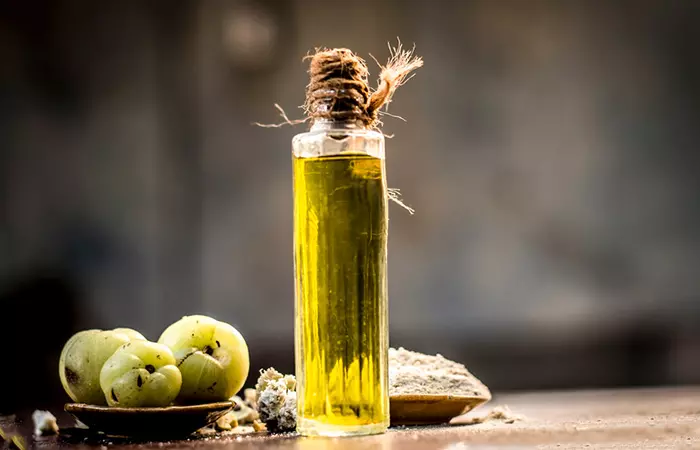
A study showed that coconut oil could penetrate the hair shaft and nourish it from within (9). It can also reduce protein loss and protects hair from photo and heat damage. Coconut oil also helps repair hair damage and split ends (10). It helps reduce hair loss, enhances hair color, and conditions the hair. Olive oil can also help reduce split ends, hair loss, and hair damage (10). It also helps reduce dandruff, lice, and scalp acne and acts as a hair cleanser and conditioner.
You Will Need
- 2 teaspoons amla powder
- 2 tablespoons coconut oil
- 1 tablespoon olive oil
Processing Time
45 minutes
Process
- Combine the olive and coconut oils.
- Heat the oil in a pan and add two teaspoons of amla powder to it.
- Heat the oil until it turns brown.
- Turn off the heat and set the oil aside to cool.
- Once the charred powder has settled, collect the oil in a bowl.
- While it is still slightly warm, apply it to your scalp and hair. Massage your scalp for about 15 minutes.
- Once you are done massaging your scalp and your hair is fully covered in the oil, wait for an additional 30 minutes with the oil in your hair.
- Wash the oil out with a mild sulfate-free shampoo and cool/lukewarm water. You can use this paste of amla for frizzy hair control.
How Often?
3 times a week.
Naya Nzeka, a YouTuber tries this amla oil remedy with castor and almond oil. She uses this oil for 2 weeks and does a length check, to find her hair has improved almost one inch in length in that time. About improvements in hair quality she says, “My hair increased in volume. Especially my roots guys! Like for my roots, I can feel that they got thicker, and also, there is no, you know, dandruff, even when my hair was in cornrows (i).”
 Did You Know?
Did You Know?2. Amla And Shikakai For Hair Growth
Shikakai, like amla, can stimulate hair regrowth (11). Another study showed that a herbal shampoo containing shikakai induced hair growth and increased hair thickness (12). It strengthened the hair at the roots and improved hair health.
You Will Need
- 2 tablespoons amla powder
- 2 tablespoons shikakai powder
- 4 tablespoons water
Processing Time
40 minutes
Process
- Mix the amla and shikakai powders with water to get a smooth, consistent paste.
- Apply this paste as a hair mask to your hair and scalp.
- Once your scalp and hair are fully covered, leave the mask on for about 40 minutes.
- Wash your hair with cool water. If you have relatively clean hair, you can skip shampooing as shikakai has cleansing properties.
How Often?
Once a week.
3. Amla Powder And Egg For Hair Growth
Eggs are often used in hair packs since they are full of protein and give hair nutrition (13). Pair it with amla powder for hair growth and split ends reduction. Egg yolk was shown to induce hair growth in human dermal dermal cellsi Cells that build up a layer of skin between the epidermis and the subcutaneous tissue layer. (14).
You Will Need
- 2 whole eggs
- 1/2 cup amla powder
Processing Time
1 hour
Process
- Whisk the eggs in a bowl until they start to fluff up.
- Add the amla powder to the bowl and stir until you get a smooth, consistent paste.
- Apply this paste as a hair mask to your hair and scalp.
- Leave the mask on for about one hour.
- Wash your hair with cool water. Do not use warm/hot water as it may end up “cooking” the egg in your hair.
How Often?
Once a week.
4. Henna And Amla For Hair Growth
Henna is a well-known natural coloring agent as it contains lawsone (15) . It also helps prevent dandruff and premature graying of hair (16). It also reduces hair fall (17).
You Will Need
- 1 tablespoon amla powder
- 3 tablespoons henna powder
- 4 tablespoons warm water
Processing Time
1-2 hours
Process
- Place the ingredients in a bowl and stir until you get a smooth, consistent mixture. Make sure to use a plastic or glass bowl and not a metal one.
- Let the mixture soak overnight.
- In the morning, apply the mixture to your scalp and hair. You can add indigo to the mixture if you do not want your hair to turn orange.
- Once your scalp and hair are fully covered, leave the mask in for about 1-2 hours.
- Wash your hair with cool water and a mild sulfate-free shampoo.
How Often?
Once a month.
5. Amla And Lemon Juice Recipe For Hair Growth
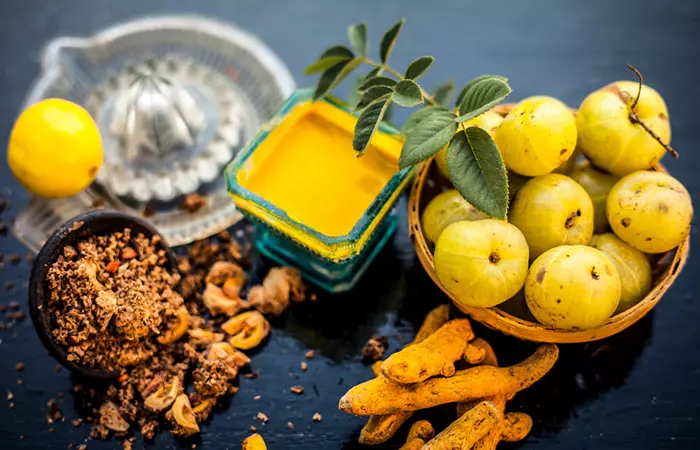
Lemon juice acts as a scalp cleanser and helps reduce dandruff. This is because it has antibacterial and antifungal properties (18). It can also help reduce hair loss and scalp acne (10).
You Will Need
- 1 tablespoon amla juice
- 1 tablespoon lemon juice
Processing Time
15 minutes
Process
- Combine the amla and lemon juice in a glass/plastic bowl. Mix well.
- Massage this solution into your scalp for about 5 minutes.
- Leave the amla-lemon solution on for an additional 10 minutes.
- After the 10 minutes have passed, wash your hair with a mild sulfate-free shampoo and cool/lukewarm water.
How Often?
1-2 times every fortnight.
6. Fenugreek And Amla For Hair Growth
A study suggested that fenugreek seeds encourage hair growth by improving blood circulation to the hair follicles (19). Another study done on mice showed that fenugreek stimulated good hair growth (20). You can use amla for oily hair management and to combat issues like itching, scalp infections, hair dullness, and hair fall.
You Will Need
- 2 tablespoons amla powder
- 2 tablespoons fenugreek powder
- 5 tablespoons warm water
Processing Time
20 minutes
Process
- Place the ingredients in a bowl and stir until you get a smooth, consistent mixture. Make sure to use a plastic or glass bowl and not a metal one.
- Let the mixture soak overnight.
- In the morning, apply the mixture to your scalp and hair.
- Once your scalp and hair are fully covered, leave the mask in for about 20 minutes.
- Wash your hair with cool water and a mild sulfate-free shampoo.
How Often?
1-2 times a week.
7. Curry Leaves And Amla For Hair Growth
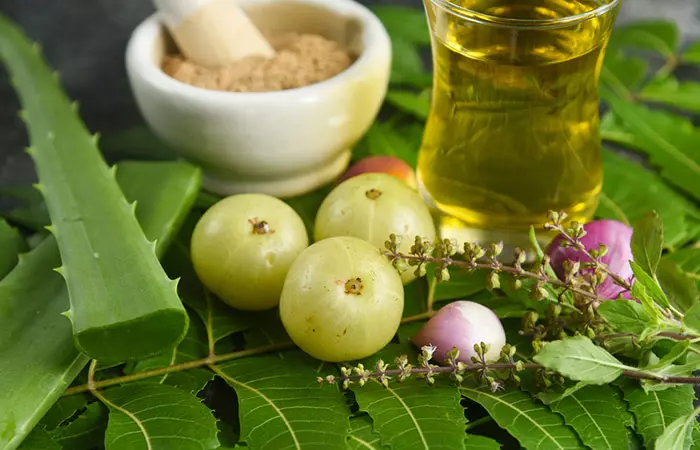
Curry leaves are antimicrobial, anti-inflammatory, antibacterial, antifungal, and antioxidant (21). They can improve scalp health and reduce hair fall. Curry leaves, when used with coconut oil, can help stimulate hair growth.
You Will Need
- 1/4 cup curry leaves
- 1/4 cup chopped amla
- 1 cup coconut oil
Processing Time
45 minutes
Process
- Heat the coconut oil in a pan and add the chopped amla and curry leaves to it.
- Heat the oil until it turns brown.
- Turn off the heat and set the oil aside to cool.
- Collect the oil in a jar and discard the amla and curry leaves.
- While it is still slightly warm, apply it to your scalp and hair. Massage your scalp for about 15 minutes.
- Once you are done massaging your scalp and your hair is fully covered in the oil, wait for an additional 30 minutes.
- Wash the oil out with a mild sulfate-free shampoo and cool/lukewarm water.
 Quick Tip
Quick TipUsing these topical recipes can provide a healthy glow to your hair. But can you eat amla for hair growth? Let us find out.
How To Eat Amla For Hair Growth?
You may eat an amla raw by cutting it into small pieces. However, if you do not like its sour taste, here are some other ways you can consume it:
- Wash and sundry the amlas and make a fine powder out of them. Consume a teaspoon of this powder with water or add it to your smoothies.
- Make amla tea by boiling fresh amla slices in water. You may add honey or ginger to it for extra flavor.
- Blend it along with fresh coriander, ginger, salt, pepper, and sugar to make a fine paste. You can have it as a condiment with your meals.
These are the ways you can eat amla to stimulate hair growth. However, you need to keep certain points in mind before you use amla.
Side Effects And Risks

Although there aren’t many side effects to using amla, it is advisable to consult a doctor before using it if you are pregnant. Do not use it on infants or children. Also, do a patch test before you use any of the recipes to prevent reactions like rashes and hives.
Hair growth will definitely take time, but with some help from the Indian gooseberry, you can speed the process up a bit. While it may be generally safe to use to boost hair growth, it is better to speak to an Ayurvedic practitioner or doctor to understand if you can include amla in your hair care regimen.
Infographic: Amla Juice Recipe
Amla is a nutrient-rich fruit commonly used in daily hair care. Its antioxidant and anti-inflammatory properties make it ideal for treating several hair ailments. While amla oil and hair masks are commonly used to improve hair health, you can also consume amla juice as part of your daily diet.
Check out the infographic below to know more! Illustration: StyleCraze Design Team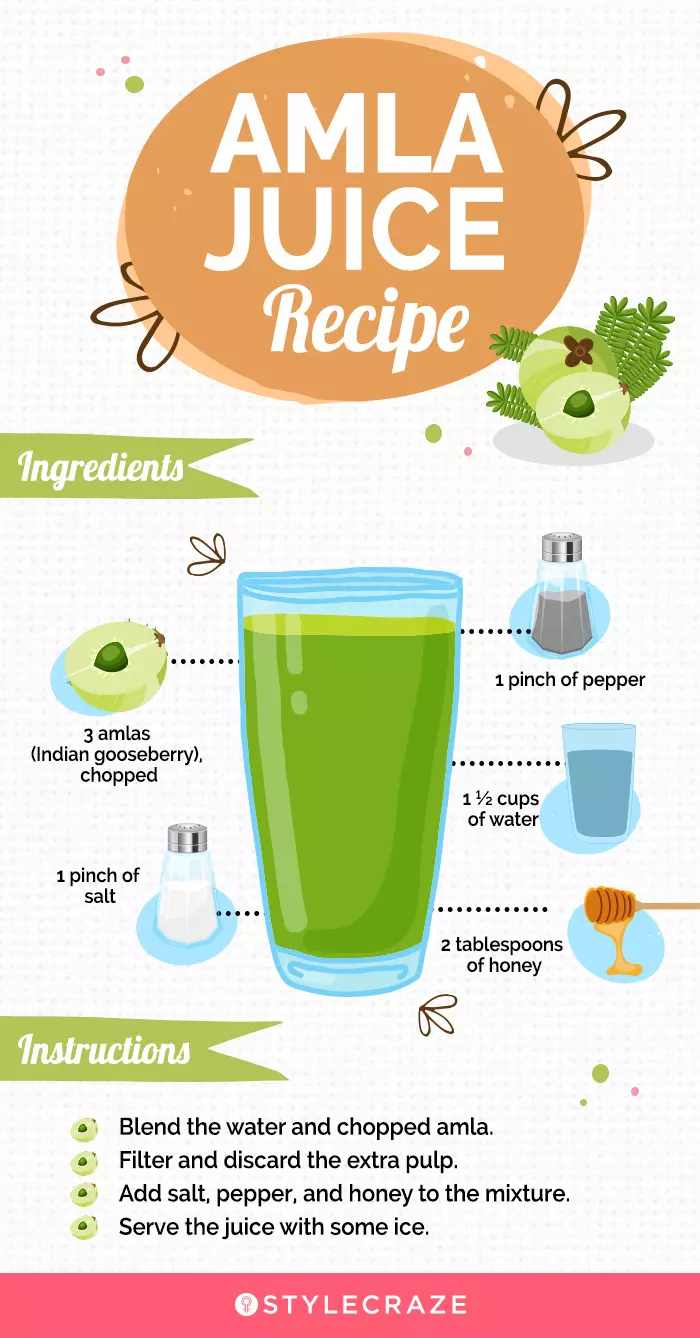
Frequently Asked Questions
Can we use amla directly on hair?
Yes. You can use fresh amla juice directly on your hair and scalp. However, since it may be a little acidic, it is advisable to dilute it with water before use.
Can I leave amla in my hair overnight for hair growth?
Yes. You may leave amla overnight on your hair for hair growth. However, some people may have a sensitivity to it. Thus, it is recommended to perform a patch test before use because some people may experience dryness or irritation of the scalp with prolonged exposure to amla.
Does dried amla help hair growth?
Yes. Dried amla is widely used for hair growth. Dried amla fruits are also cooked in coconut oil and then crushed to make amla oil. This oil works wonders in preventing hair graying and balding and promoting hair growth (23).
Illustration: How To Use Amla For Hair Growth
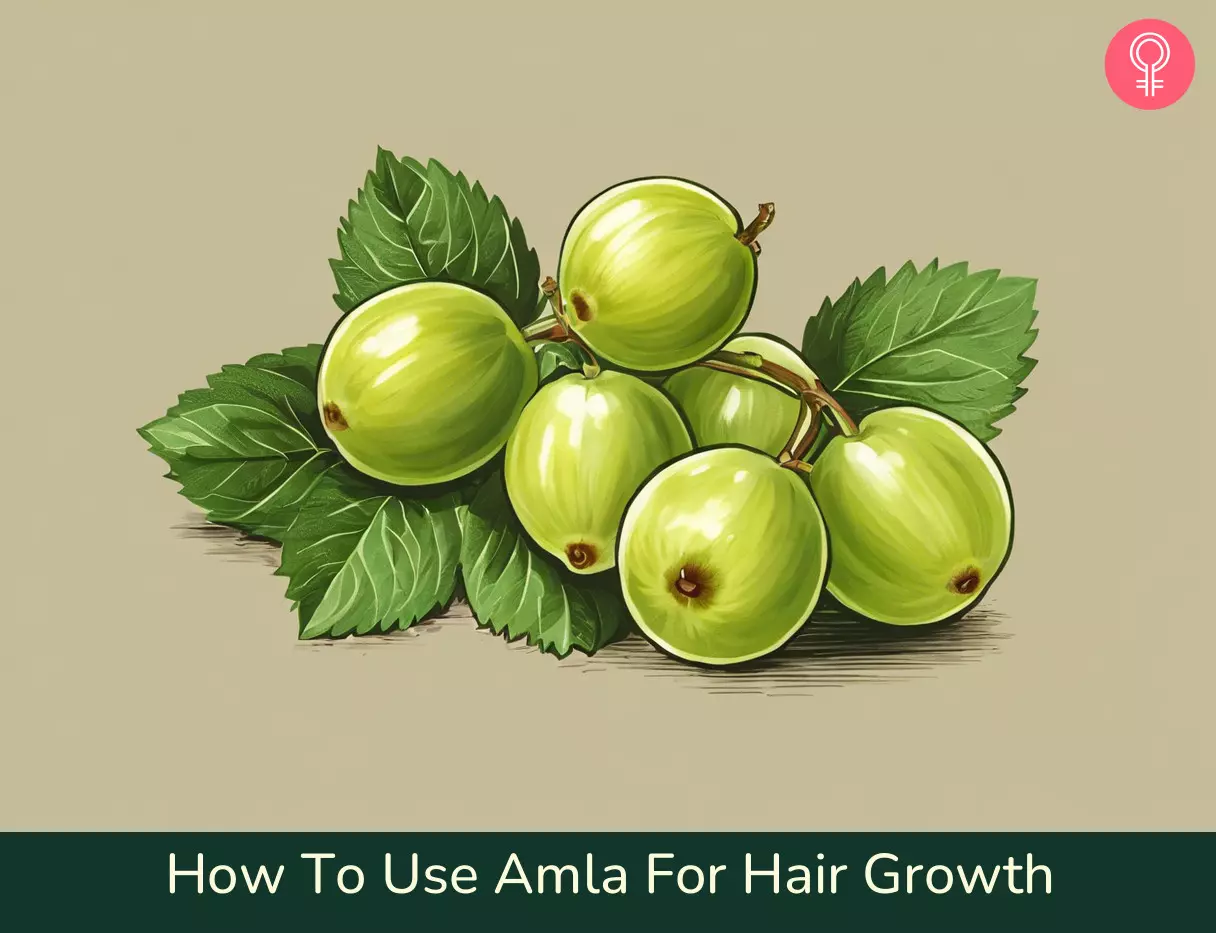
Image: Stable Diffusion/StyleCraze Design Team
References
Articles on StyleCraze are backed by verified information from peer-reviewed and academic research papers, reputed organizations, research institutions, and medical associations to ensure accuracy and relevance. Read our editorial policy to learn more.
- Annapurna, Akula. “Health Benefits of Amla or Indian Gooseberry Fruit (Phyllanthus emblica).” Asian Journal of Pharmaceutical Research and Health Care4 (2012).
https://www.researchgate.net/publication/298153173_Health_benefits_of_amla_or_indian_gooseberry_fruit_Phyllanthus_emblica - Srivasuki, K. P. “Nutritional and health care benefits of Amla.” Journal of Pharmacognosy2 (2012): 147-151.
https://bioinfopublication.org/files/articles/3_2_27_JP.pdf - Luanpitpong, S., et al. “Emblica (Phyllanthus emblica Linn.) fruit extract promotes proliferation in dermal papilla cells of human hair follicle.” Res J Med Plant5 (2011): 95-100.
https://scialert.net/fulltext/?doi=rjmp.2011.95.100 - Grover, Harpreet Singh, et al. “Therapeutic effects of amla in medicine and dentistry: A review.” Journal of Oral Research and Review2 (2015): 65.
https://www.researchgate.net/publication/287972436_Therapeutic_effects_of_amla_in_medicine_and_dentistry_A_review - Dasaroju, Swetha, and Krishna Mohan Gottumukkala. “Current trends in the research of Emblica officinalis (Amla): A pharmacological perspective.” Int J Pharm Sci Rev Res2 (2014): 150-9.
https://www.researchgate.net/publication/287524229_Current_trends_in_the_research_of_Emblica_officinalis_Amla_A_pharmacological_perspective - Kumar, KP Sampath, et al. “Recent trends in potential traditional Indian herbs Emblica officinalis and its medicinal importance.” Journal of Pharmacognosy and Phytochemistry1 (2012): 18-28.
https://www.researchgate.net/publication/254200892_Recent_Trends_in_Potential_Traditional_Indian_Herbs_Emblica_Officinalis_and_Its_Medicinal_Importance - Variya, Bhavesh C et al. “Emblica officinalis (Amla): A review for its phytochemistry, ethnomedicinal uses and medicinal potentials with respect to molecular mechanisms.” Pharmacological research 111 (2016): 180-200.
https://pubmed.ncbi.nlm.nih.gov/27320046/ - Krishnamoorthy, Vijay Kumar, and Irfan Ahmad Rather. “Protective effects of Emblica officinalis (Amla) on metal-induced lipid peroxidation in human erythrocytes.” Pakistan journal of pharmaceutical sciences 29,3 Suppl (2016): 1023-6.
https://pubmed.ncbi.nlm.nih.gov/27383481/ - Rele, Aarti S, and R B Mohile. “Effect of mineral oil, sunflower oil, and coconut oil on prevention of hair damage.” Journal of cosmetic science 54,2 (2003): 175-92.
- https://pubmed.ncbi.nlm.nih.gov/12715094/
- Zaid, Abdel Naser et al. “Ethnopharmacological survey of home remedies used for treatment of hair and scalp and their methods of preparation in the West Bank-Palestine.” BMC complementary and alternative medicine 17,1 355.
https://www.ncbi.nlm.nih.gov/pmc/articles/PMC5499037/ - Khanpara, Komal, V. Renuka, and C. R. Harisha. “A detailed investigation on shikakai (Acacia concinna Linn.) fruit.” Journal of Current Pharmaceutical Research10 (2012): 06-10.
https://www.researchgate.net/publication/280313608_A_detailed_investigation_on_shikakai_Acacia_concinna_Linn_fruit - Utane, Dr-Rajdip. (2017). “PREPARATION OF HERBAL SHAMPOO (HS) BY GREEN METHOD AND THEIR CHARACTERIZATION.” V. 254-258.
https://www.researchgate.net/publication/319173153_PREPARATION_OF_HERBAL_SHAMPOO_HS_BY_GREEN_METHOD_AND_THEIR_CHARACTERIZATION - Réhault-Godbert, Sophie et al. “The Golden Egg: Nutritional Value, Bioactivities, and Emerging Benefits for Human Health.” Nutrients 11,3 684.
https://www.ncbi.nlm.nih.gov/pmc/articles/PMC6470839/ - Nakamura, Toshio et al. “Naturally Occurring Hair Growth Peptide: Water-Soluble Chicken Egg Yolk Peptides Stimulate Hair Growth Through Induction of Vascular Endothelial Growth Factor Production.” Journal of medicinal food 21,7 (2018): 701-708.
https://pubmed.ncbi.nlm.nih.gov/29583066/ - Singh, Vijender et al. “Study of colouring effect of herbal hair formulations on graying hair.” Pharmacognosy research 7,3 (2015): 259-62.
https://www.ncbi.nlm.nih.gov/pmc/articles/PMC4471652/ - Sundaram, S. Sarguna, and K. Suresh. “Prevention of hair fall and whitening of hair by valuable medicinal plants in selected areas of Madurai district, Tamil Nadu, India.” Journal of Medicinal Plants3 (2019): 74-77.
https://www.plantsjournal.com/archives/2019/vol7issue3/PartB/7-3-9-138.pdf - Sadeghinia, Ali, and Saeed Sadeghinia. “Comparison of the efficacy of topical lawsonia inermis and topical minoxidil in the treatment of telogen effluvium.” (2011).
https://www.semanticscholar.org/paper/Comparison-of-the-efficacy-of-topical-lawsonia-and-Sadeghinia-Sadeghinia/a068381f00677c4e9d8ddd2285c76a3710c584a1 - Ekawati, E. R., and W. Darmanto. “Lemon (citrus limon) juice has antibacterial potential against diarrhea-causing pathogen.” IOP Conference Series: Earth and Environmental Science. Vol. 217. No. 1. IOP Publishing, 2019.
https://hcvalidate.perfdrive.com/fb803c746e9148689b3984a31fccd902//?ssa=06af41c1-a800-4ea2-b3c2-f5c93d0ecc3b&ssb=03337230853&ssc=https%3A%2F%2Fiopscience.iop.org%2Farticle%2F10.1088%2F1755-1315%2F217%2F1%2F012023&ssi=ced227d4-8427-4c4d-89e9-ee766b384a44&ssk=support@shieldsquare.com&ssm=26806883254726372105878203114619&ssn=e4cbbf73551227cdd0b5766379e14d80bf42b2f08fb8-46e3-4968-9444ef&sso=4f43e255-d8c0d59dd3c69578fa3b1d990b66234942856d93030a7419&ssp=49049783171695937033169593478872928&ssq=42042717395808586960273958553428639080956&ssr=MTA2LjIwNS45OS43MQ==&sst=Screaming%20Frog%20SEO%20Spider/18.5&ssu=&ssv=&ssw=&ssx=W10= - SCHULZ, Christiane, Stephan BIELFELDT, and Jürgen REIMANN. “Fenugreek+ micronutrients: Efficacy of a food supplement against hair loss.” Kosmetische Medizin4 (2006): 176-179.
https://www.researchgate.net/publication/251923543_Fenugreekmicronutrients_Efficacy_of_a_food_supplement_against_hair_loss - Imtiaz, Fariha, et al. “Impact of Trigonella foenum-graecum Leaves Extract on Mice Hair Growth.” Pakistan Journal of Zoology4 (2017).
https://www.researchgate.net/publication/318655670_Impact_of_Trigonella_foenum-graecum_Leaves_Extract_on_Mice_Hair_Growth - Kamat, Nandita, Diana Pearline, and Padma Thiagarajan. “Murraya koenigii (L.)(curry leaf): A traditional Indian plant.” RESEARCH JOURNAL OF PHARMACEUTICAL BIOLOGICAL AND CHEMICAL SCIENCES6 (2015): 691-697.
https://www.rjpbcs.com/pdf/2015_6(6)/%5B118%5D.pdf - Kulkarni, Kaushik Vilas, and Shrishail M. Ghurghure. “Indian gooseberry (Emblica officinalis): Complete pharmacognosy review.” International Journal of Chemistry Studies 2.2 (2018): 5-11.
https://www.researchgate.net/publication/331857453_Indian_gooseberry_Emblica_officinalis_Complete_pharmacognosy_review
Read full bio of Dr. Zeel Gandhi
Read full bio of Anjali Sayee
Read full bio of Eshna Das
Read full bio of Krati Darak






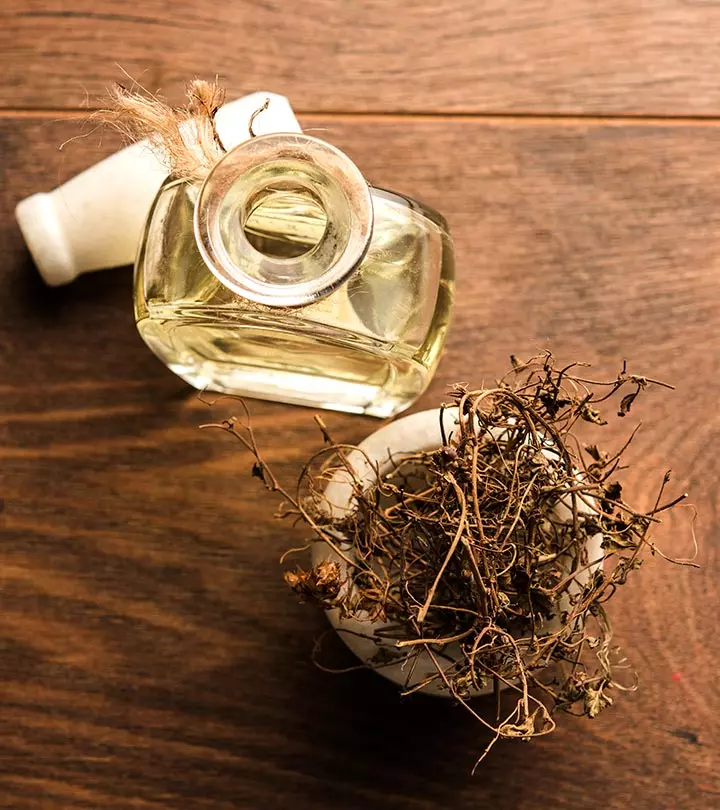
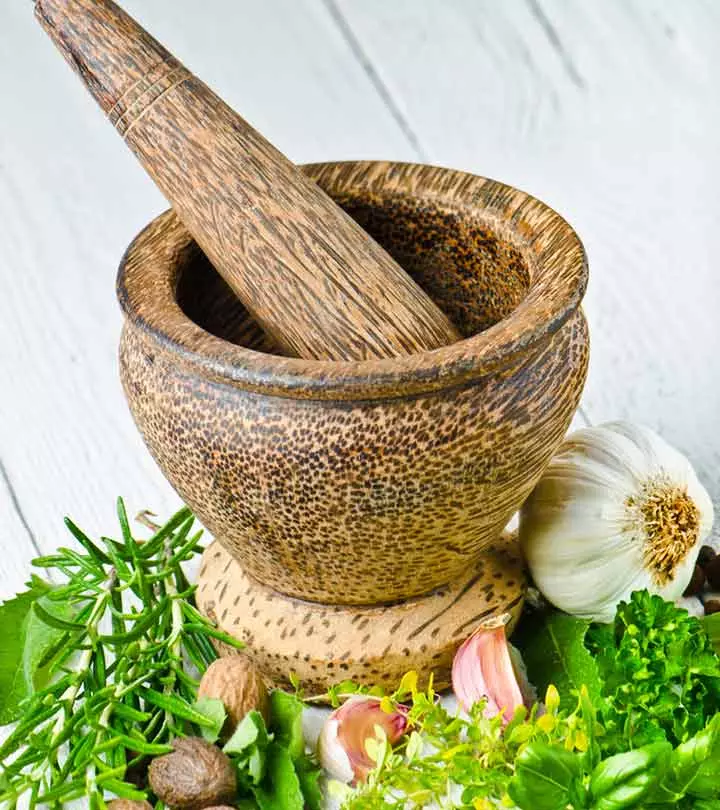
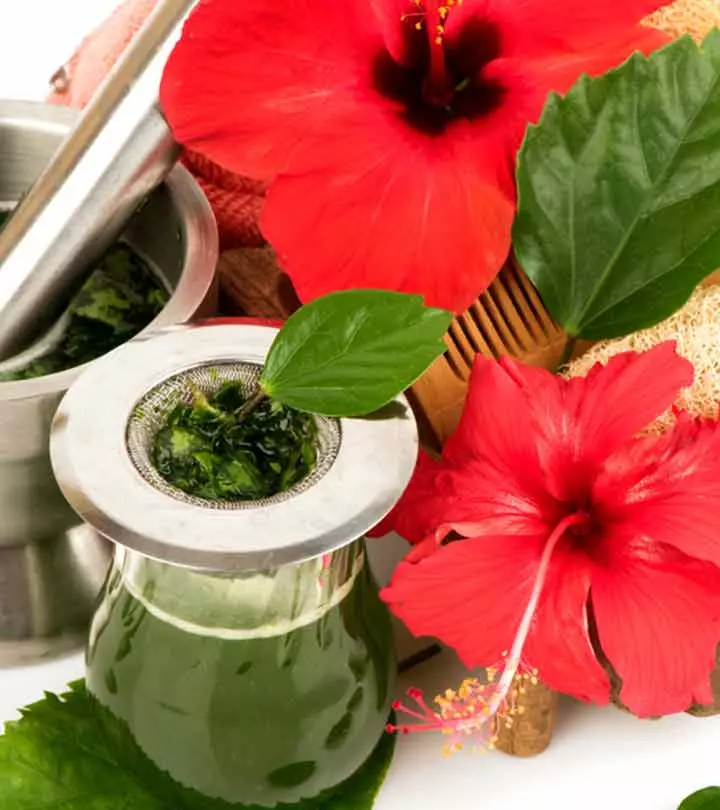

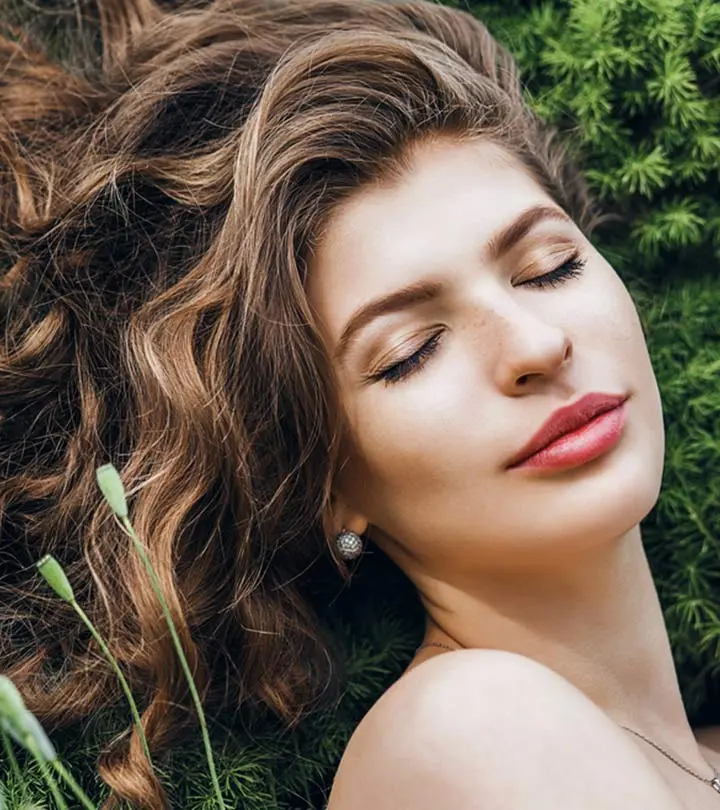
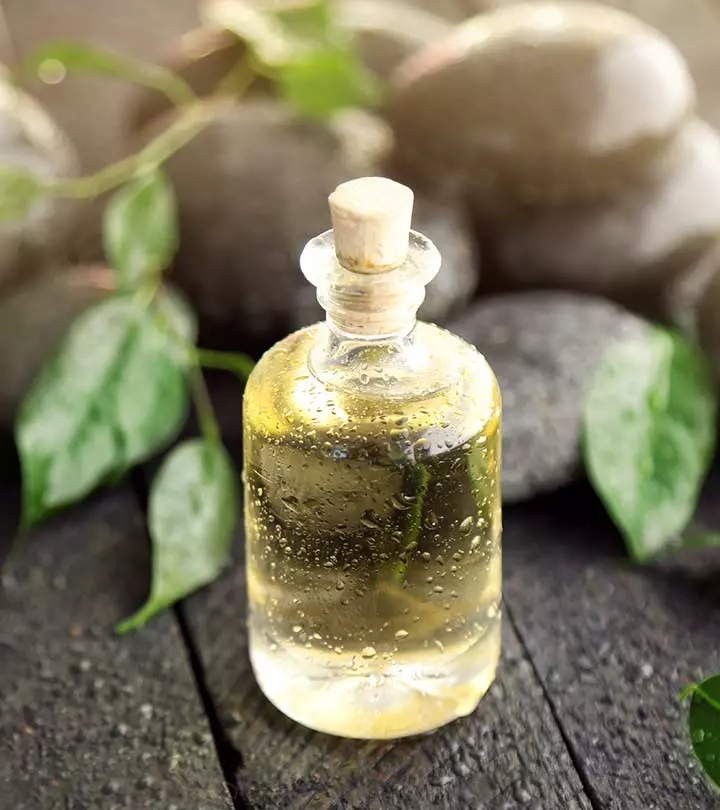
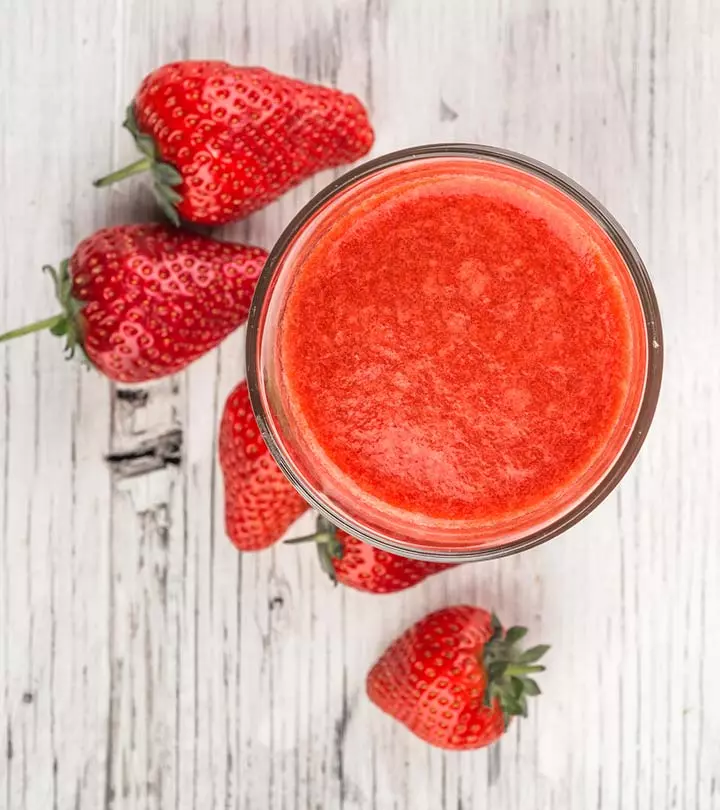
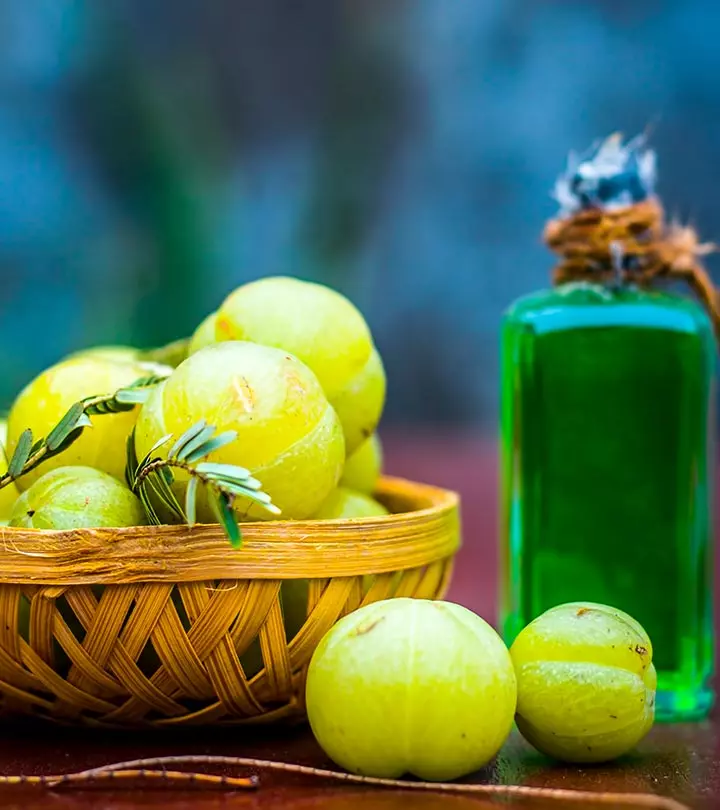

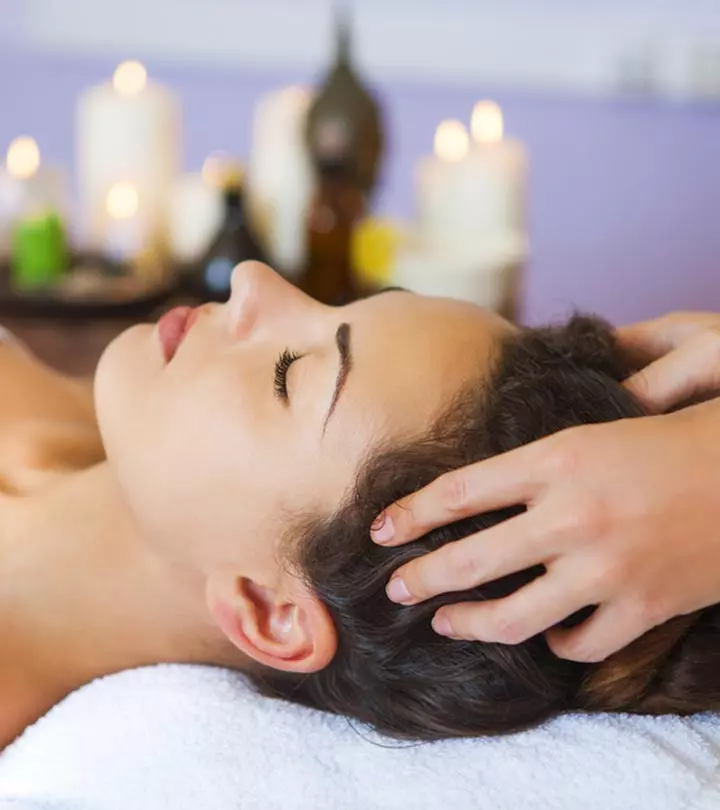

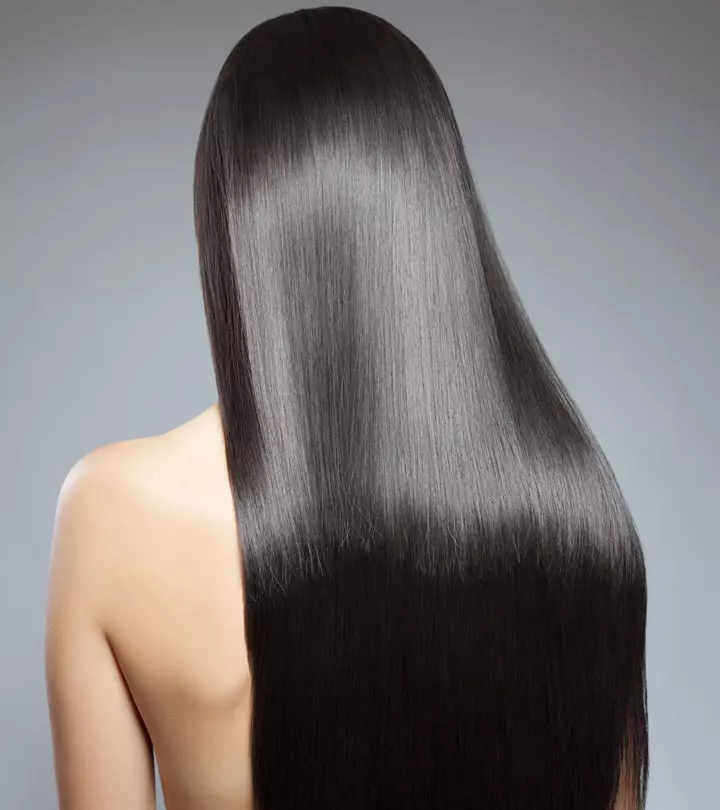


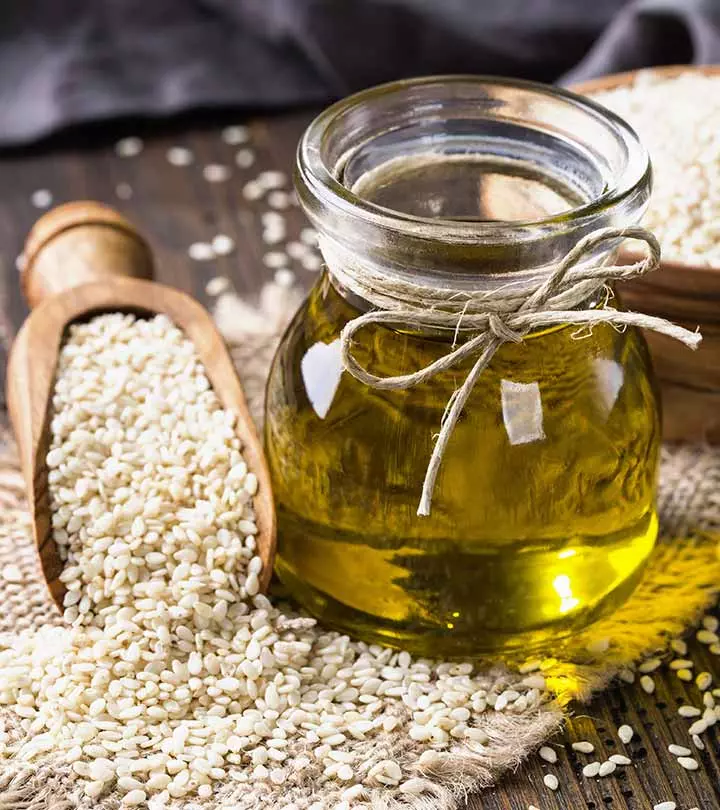




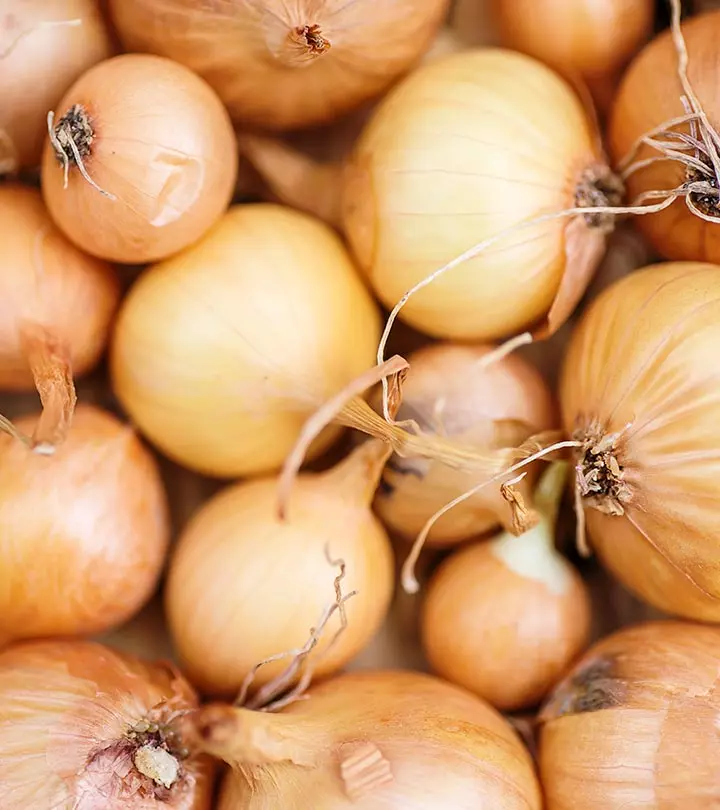

Community Experiences
Join the conversation and become a part of our empowering community! Share your stories, experiences, and insights to connect with other beauty, lifestyle, and health enthusiasts.